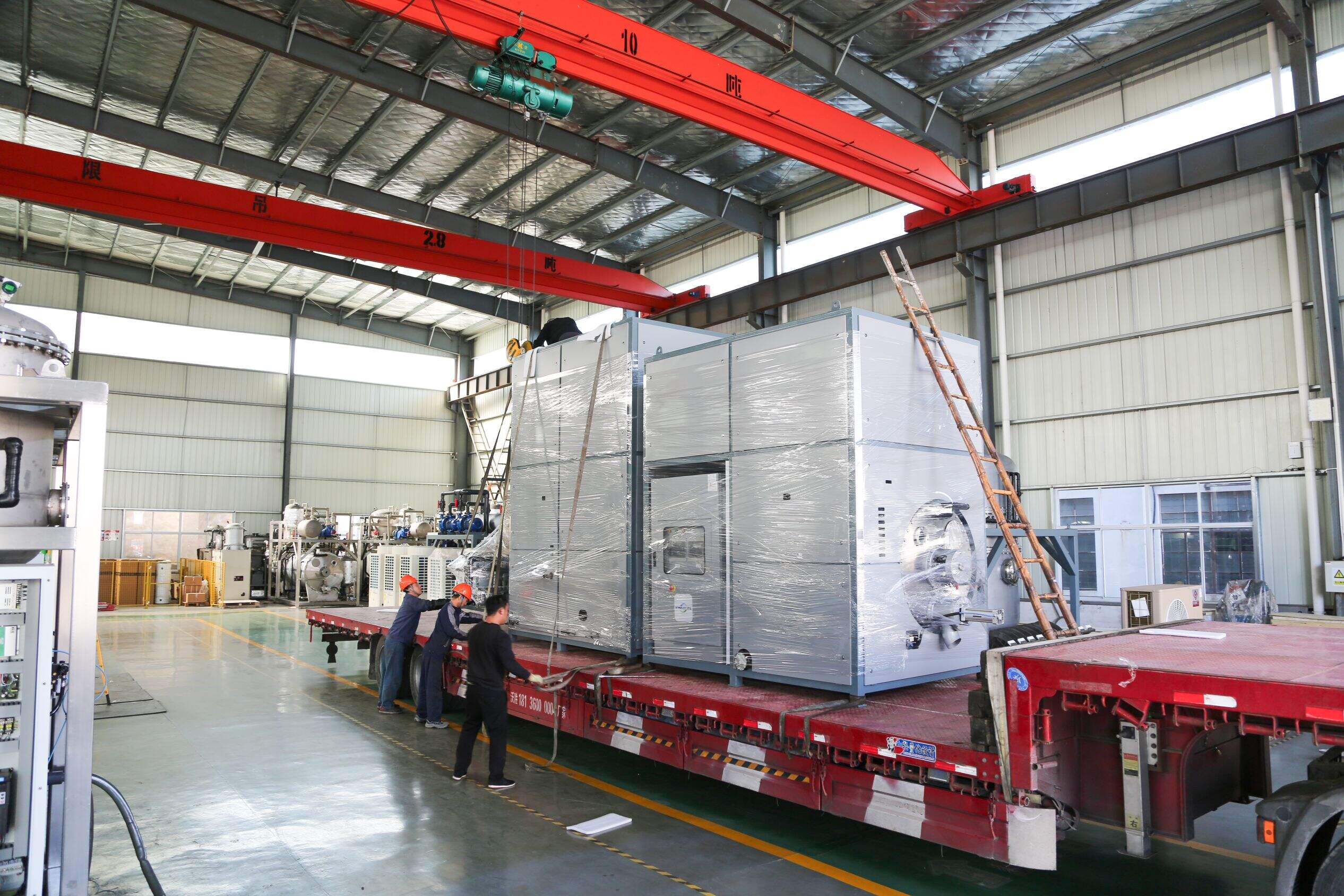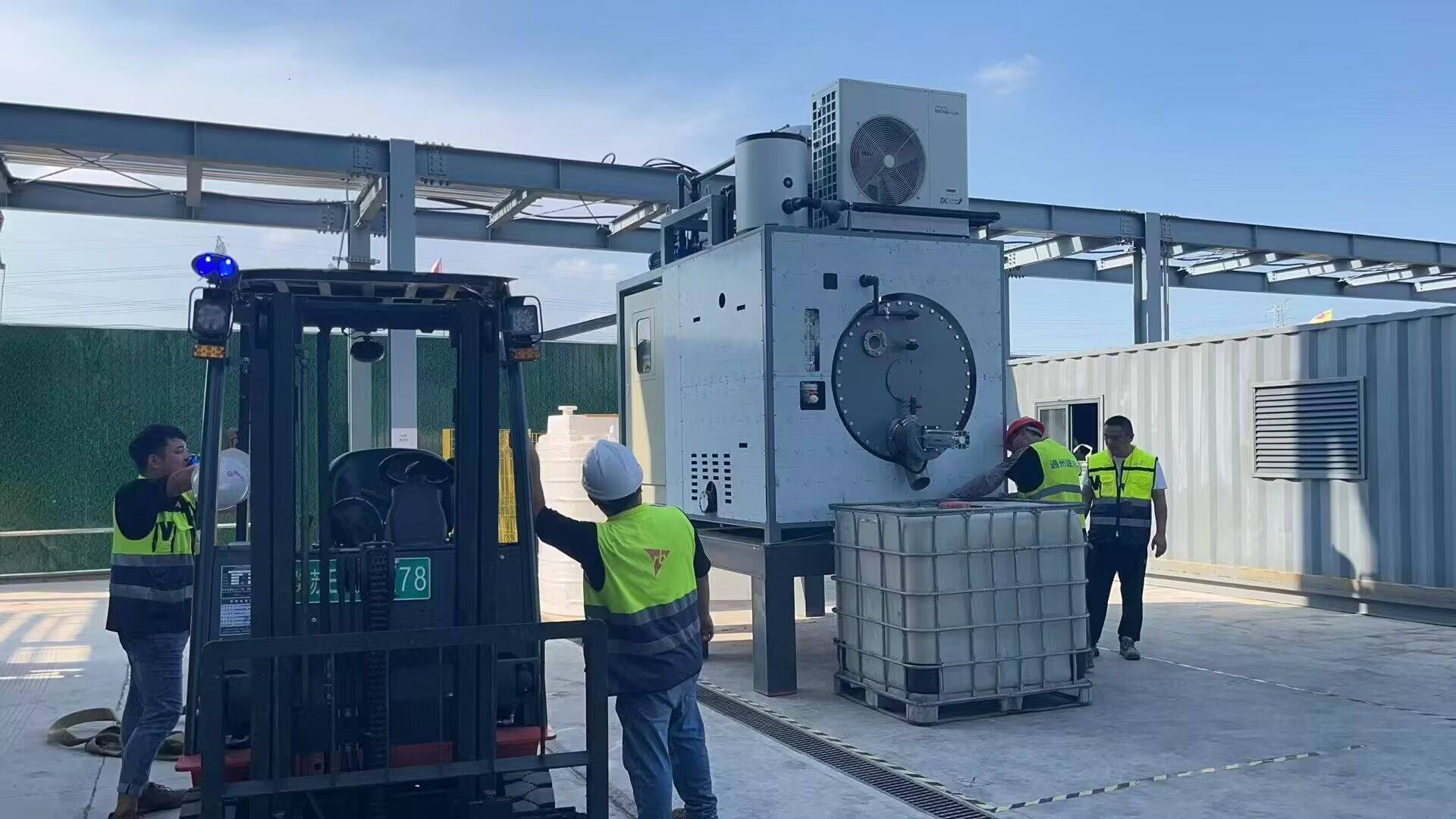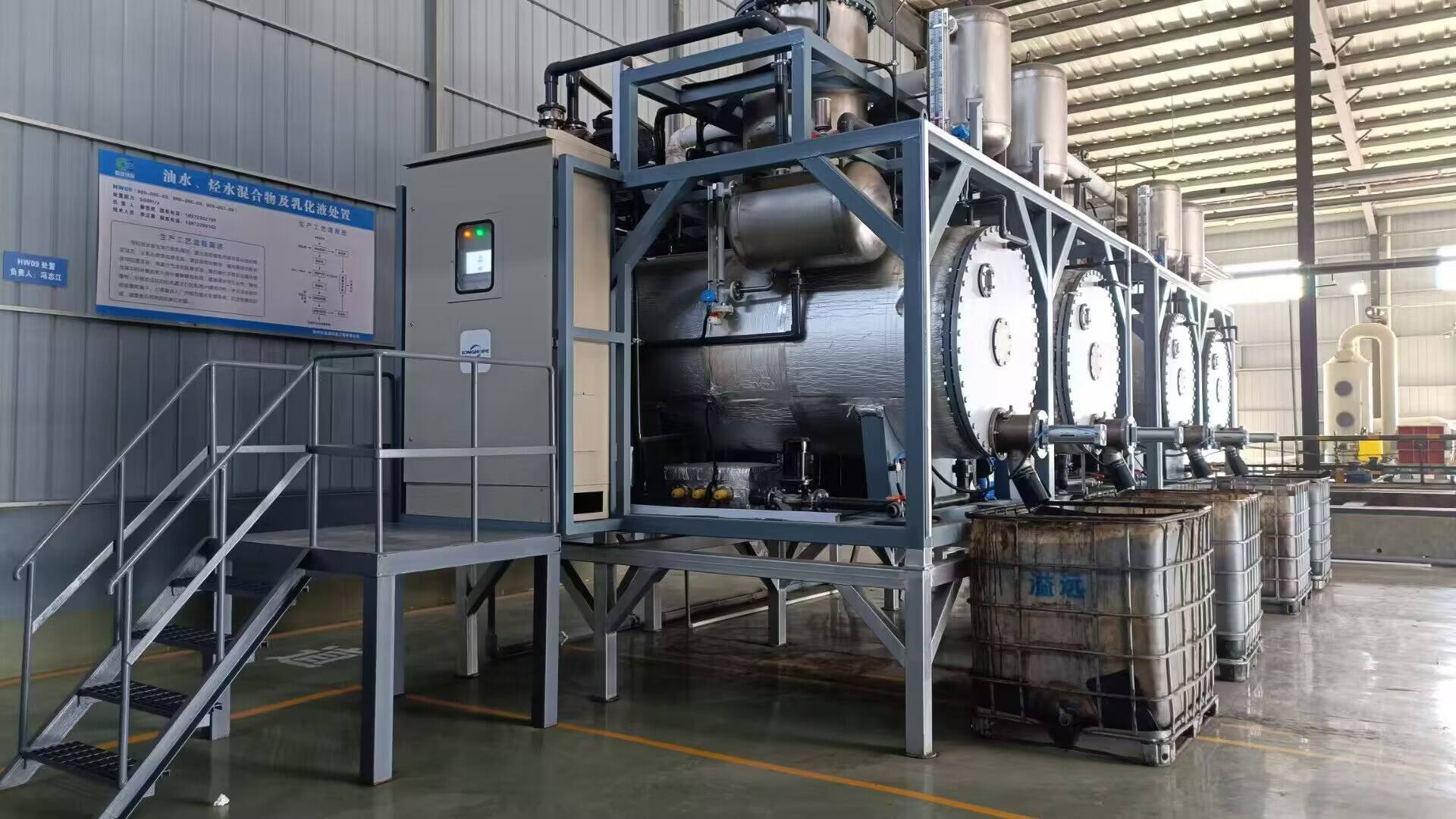biological wastewater treatment system
Biological wastewater treatment systems represent a sophisticated approach to water purification that harnesses natural biological processes to remove contaminants from wastewater. This eco-friendly solution employs microorganisms to break down organic pollutants, converting them into harmless byproducts like water, carbon dioxide, and new cell biomass. The system typically consists of several integrated components, including primary settling tanks, aeration basins, and secondary clarifiers. In the primary phase, physical separation removes larger particles and suspended solids. The heart of the system lies in the aeration basin, where carefully cultivated bacterial populations thrive in an oxygen-rich environment, metabolizing dissolved organic matter. Advanced systems may incorporate additional features such as nutrient removal stages for phosphorus and nitrogen, along with final polishing processes to ensure compliance with discharge standards. This technology finds widespread application across various industries, from municipal wastewater treatment to food processing facilities, pharmaceutical manufacturing, and chemical plants. The system's adaptability allows for customization based on specific wastewater characteristics and treatment requirements, making it an invaluable solution for diverse environmental challenges.


